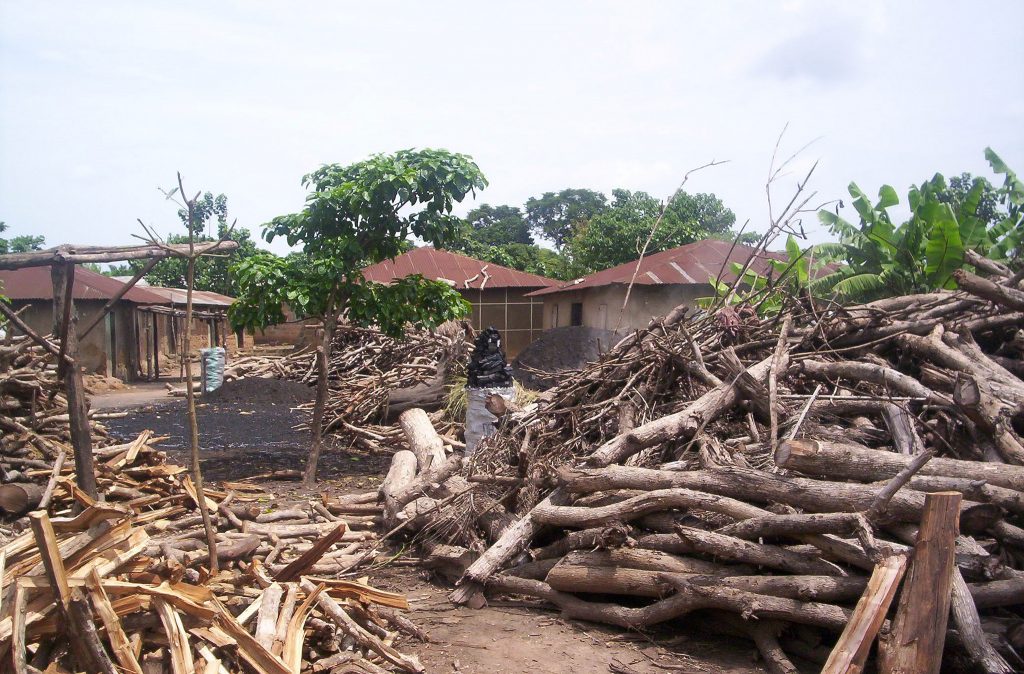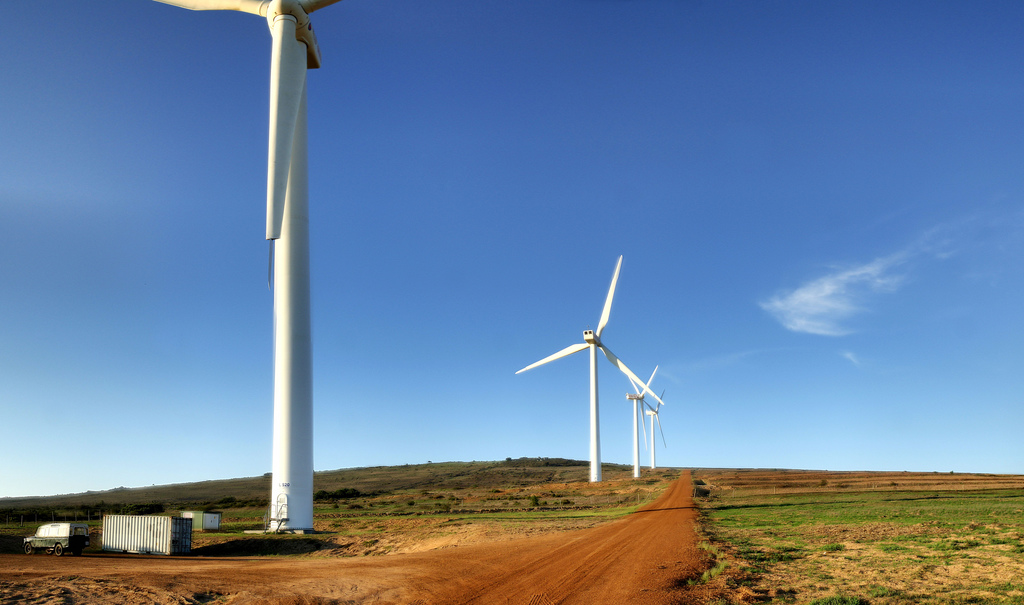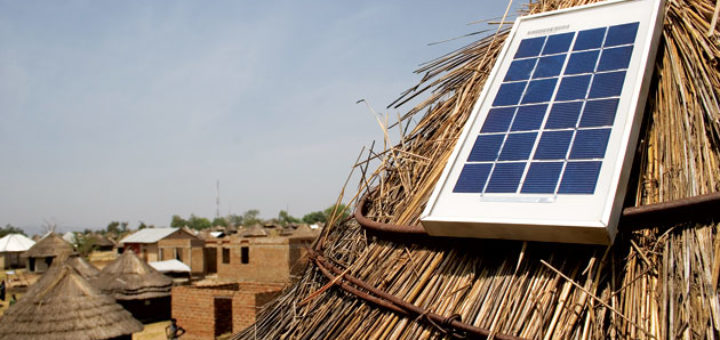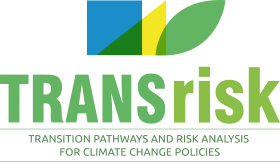The supply and use of reliable and affordable energy in Africa has multiple challenges and opportunities. Improving access to energy would improve people’s quality of life and boost local economies is a prerequisite for achieving many SDGs. Africa has huge potential for renewable energy deployment and stated ambitious plans through their NDC. TRANSrisk project have examined and investigated the potential and state a policy package is needed to realise the continent’s huge renewable potential.
Energy supply and use in Africa presents multiple challenges and opportunities. This situation is most apparent in sub-Saharan Africa, where energy access is currently very limited: only 35% of the population has access to electricity and 80% rely significantly on traditional biomass in the form of fuelwood, charcoal, animal dung and agricultural residues.
Access to reliable, affordable energy would hugely improve people’s quality of life, as well as helping to transform agriculture, create productive enterprises and support income-generating activities. As such improving energy access is a prerequisite for achieving many Sustainable Development Goals.

Improved energy access can come at a cost though: higher emissions of both carbon dioxide and local air pollutants. With the world looking to cut emissions from fossil fuels, can a rollout of sustainable, renewable energy in Africa help the continent ‘leapfrog’ a fossil fuel based system and move straight to low carbon energy?
Investigating the Potential
Two papers from the TRANSrisk project have examined this question. The first, ‘Energy Requirements and Feasibility of Low-Carbon Development in Africa’ presents a modelling exercise investigating the prospects for the large-scale use of low-emission energy technologies in Africa. The study analysed the likely energy demand in Africa to 2050, then inspected multiple scenarios for the associated emissions of greenhouse gas emissions and emission intensities.
The second paper, ‘Energy Access and Climate Change in Sub-Saharan Africa: linkages, synergies and conflicts’, takes a closer, qualitative focus on sub-Saharan Africa. It provides a synthesis and review on the intersection of energy access, climate mitigation and climate adaptation, with special reference to three countries in eastern Africa (Ethiopia, Kenya, and Rwanda).
Emissions and Renewable Potential
Africa is currently only a minor global emitter of greenhouse gases, accounting for less than 8% of global emissions for the three most important gases (carbon dioxide, methane, and nitrous oxide). Our study found that, if attempts fail to implement an international climate change control regime and GHG emissions continue to rise over the coming decades, Africa’s share would still only be slightly above 10% of global GHG emissions by 2050. This holds true even if Africa develops at an average economic growth rate of 5% per year and doubles its population over this period.
By contrast, if a strict emissions reduction pathway is followed by which the global average temperature increase is limited to 2ºC, Africa’s contribution to global emissions could be as high as 18%. This is similar to the current US contribution to total emissions, meaning that Africa could become one of the major GHG-emitting regions of the world by 2050.

Africa has huge potential for renewable energy deployment, and many African countries have stated ambitious plans through their Nationally Determined Contribution (NDC) under the Paris climate agreement. In addition to this, the Africa Renewable Energy Initiative (AREI) has put forward a target of an additional 300 GW of renewable power production capacity by 2030. To put this in context, 300 GW is roughly 6 times the size of the entire electricity generation capacity of South Africa.
Our study suggests that the 300 GW target is probably unrealistic – even in our most optimistic scenario, about half of this figure is realised at most. However, this would still see over two thirds of Africa’s predicted 2030 electricity consumption provided from renewable sources. ‘Leapfrogging’ is therefore a real possibility, assuming stringent climate policy is in place.
Some technologies (e.g. wind, solar) have potential throughout the African continent. Others technologies have greater potential on a regional or national level. Our study looks in detail at three such specific technologies: hydropower in Ethiopia, geothermal in Kenya and biogas in Rwanda.
Other Considerations

Energy is not the only source of greenhouse gas emissions in Africa: land use emissions form a relatively high proportion of the total. Indeed, with the exception of South Africa and Nigeria, emissions from land use change in sub-Saharan Africa are generally more significant than emissions from the energy sector. This is due to two reasons: comparatively low availability of modern energy, and high dependence on traditional biomass and rain-fed small-scale agriculture.
Energy infrastructure is also vulnerable to the impacts of climate change. On a small scale the availability of firewood is vulnerable to forest fires and changes in growth patterns. On a larger scale hydropower is vulnerable to drought. For example, Kenya generates more than 60% of its power from a string of dams along the Tana River. In 1999-2002, 2009 and 2010 droughts led to regular cuts in power supply to businesses, some of which were without power for 30% of the time. Developing a range of renewable energy sources can help to mitigate this risk by reducing reliance on major, vulnerable sources of energy.
Conclusions
Improving energy access across Africa has great potential to improve quality of life and boost local economies. A large-scale rollout of renewable generation has the capability to do this without an associated rise in emissions, enabling the continent to ‘leapfrog’ countries with established, fossil fuel based energy systems. This will not happen on its own though, and a policy package is needed to realise the continent’s huge renewable potential.
Notes
This article is based on two TRANSrisk documents, or ‘Deliverables’, which contain a far more detailed assessment of energy in Africa and the surrounding issues. The documents are:
- D4.4.3 Energy Access and Climate Change in Sub-Saharan Africa: linkages, synergies and conflicts. This report includes a synthesis and review on the relation between energy access, mitigation and adaptation goals, and is closely related to the notion of climate-compatible development. In order to illustrate these issues in relation to national goals, it highlights three African countries (Ethiopia, Kenya and Rwanda) that are considered to be among the African leaders in promoting innovative approaches to renewable energy and climate-friendly development.
- D4.4.4 Energy Requirements and Feasibility of Low-Carbon Development in Africa. This report investigates the prospects for the large-scale use of low-emission energy technologies in Africa. It analyses what the likely energy demand in Africa could be to 2050, and inspects multiple scenarios for the associated levels of greenhouse gas emissions and emission intensities. The ‘TIAM-ECN’ model is used for the study, which enables detailed energy systems research through a technology-rich cost-minimisation procedure.
Photo Credits
- Solar panel on hut by Azuri Technologies, licenced under CC BY-NC-ND 2.0
- La biomasse : principale source énergétique au Bénin by GERES licenced under CC BY-NC-ND 2.0
- Darling Wind Farm by warrenski licenced under CC BY-SA 2.0
- Tana River by Jc (et parfois Ginie) licenced under CC BY-NC-ND 2.0
TRANSrisk
Project details
- Project title: “Transitions Pathways and Risk Analysis for Climate Change Mitigation and Adaption Strategies” (TRANSrisk)
- Funding scheme: European Union Horizon 2020 Programme (EU H2020, grant agreement no. 642260)
- Duration: 3 years (1 September 2015 – 31 August 2018)
- Project coordinator: Science Policy Research Unit, University of Sussex, United Kingdom
- Project website: www.transrisk-project.eu



